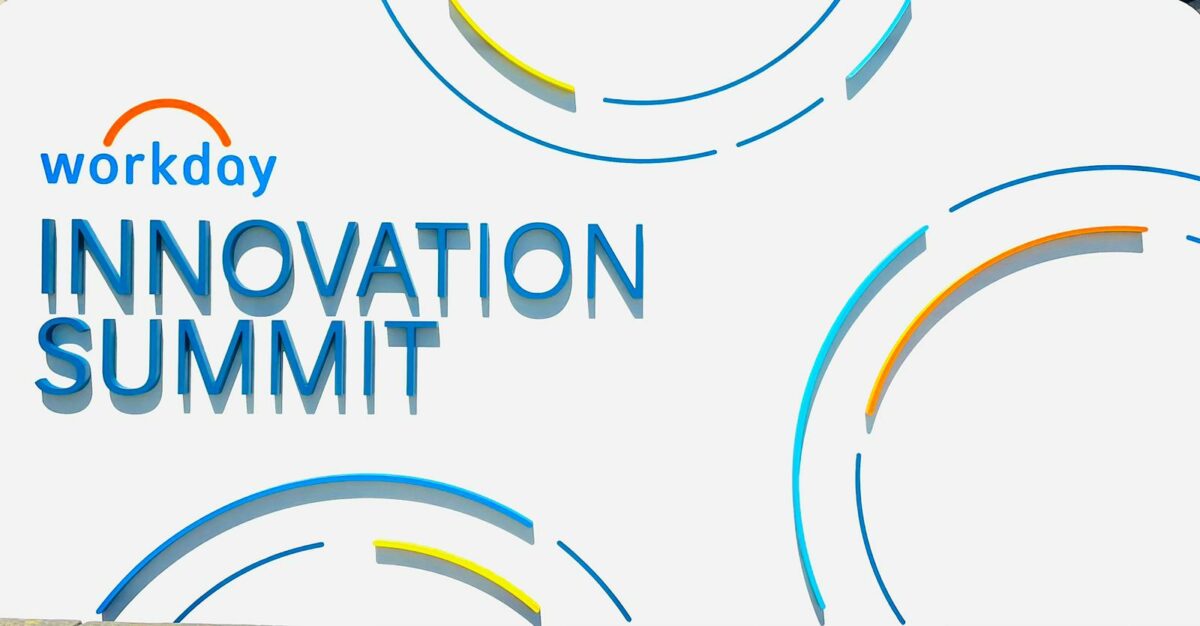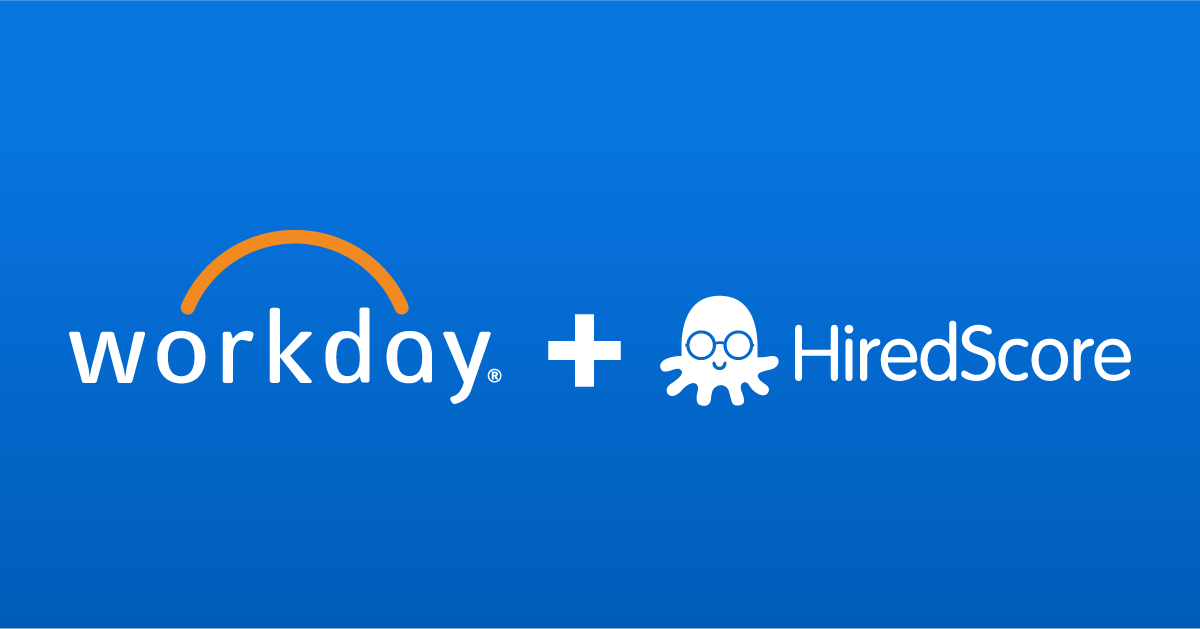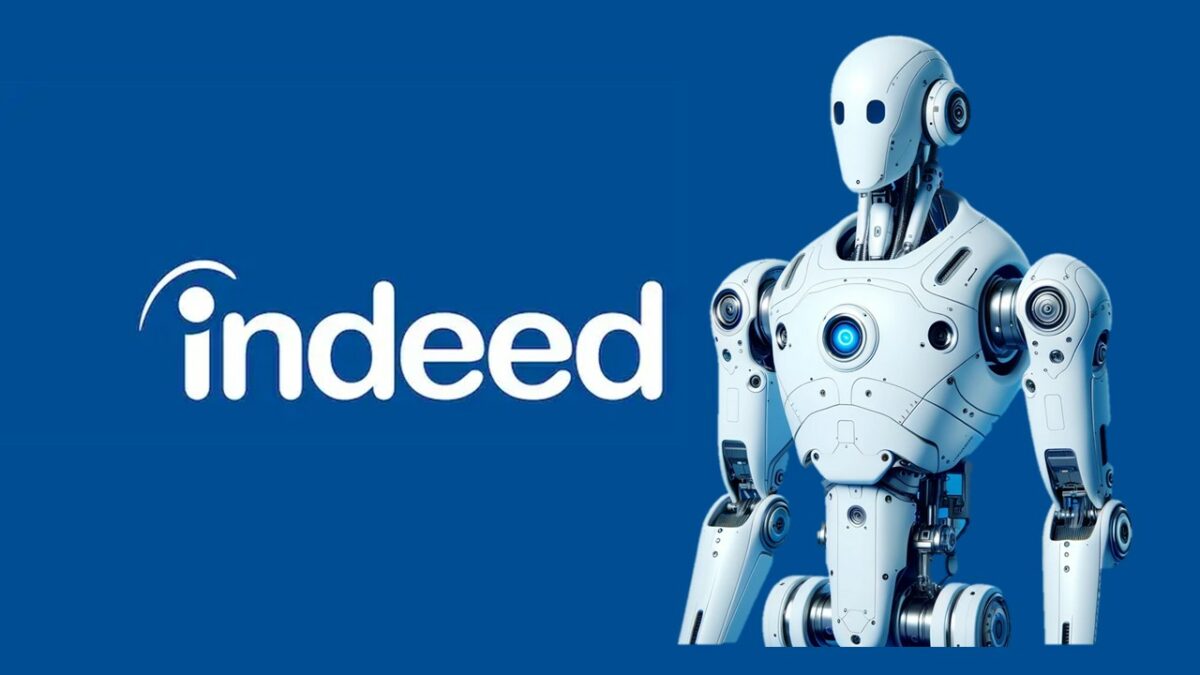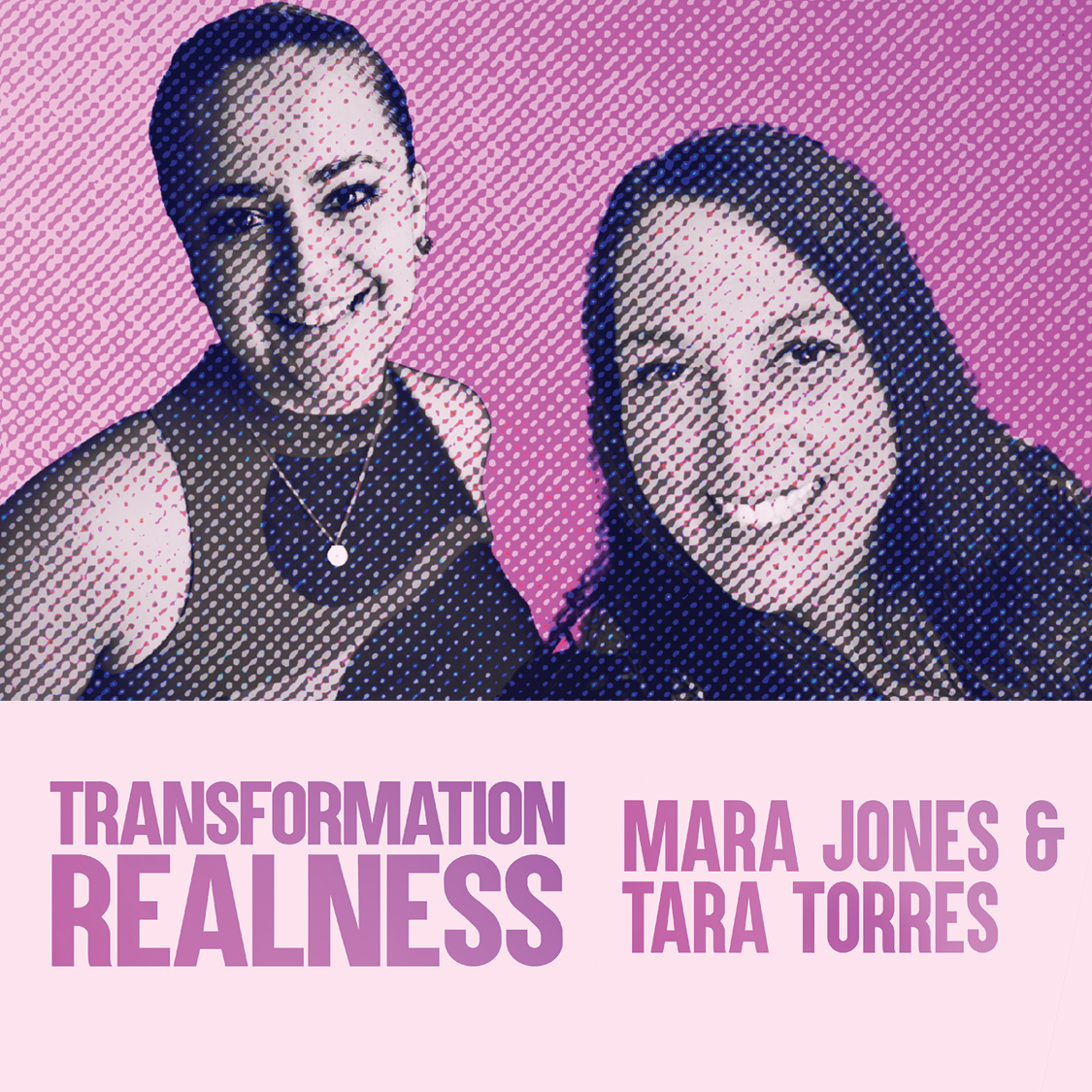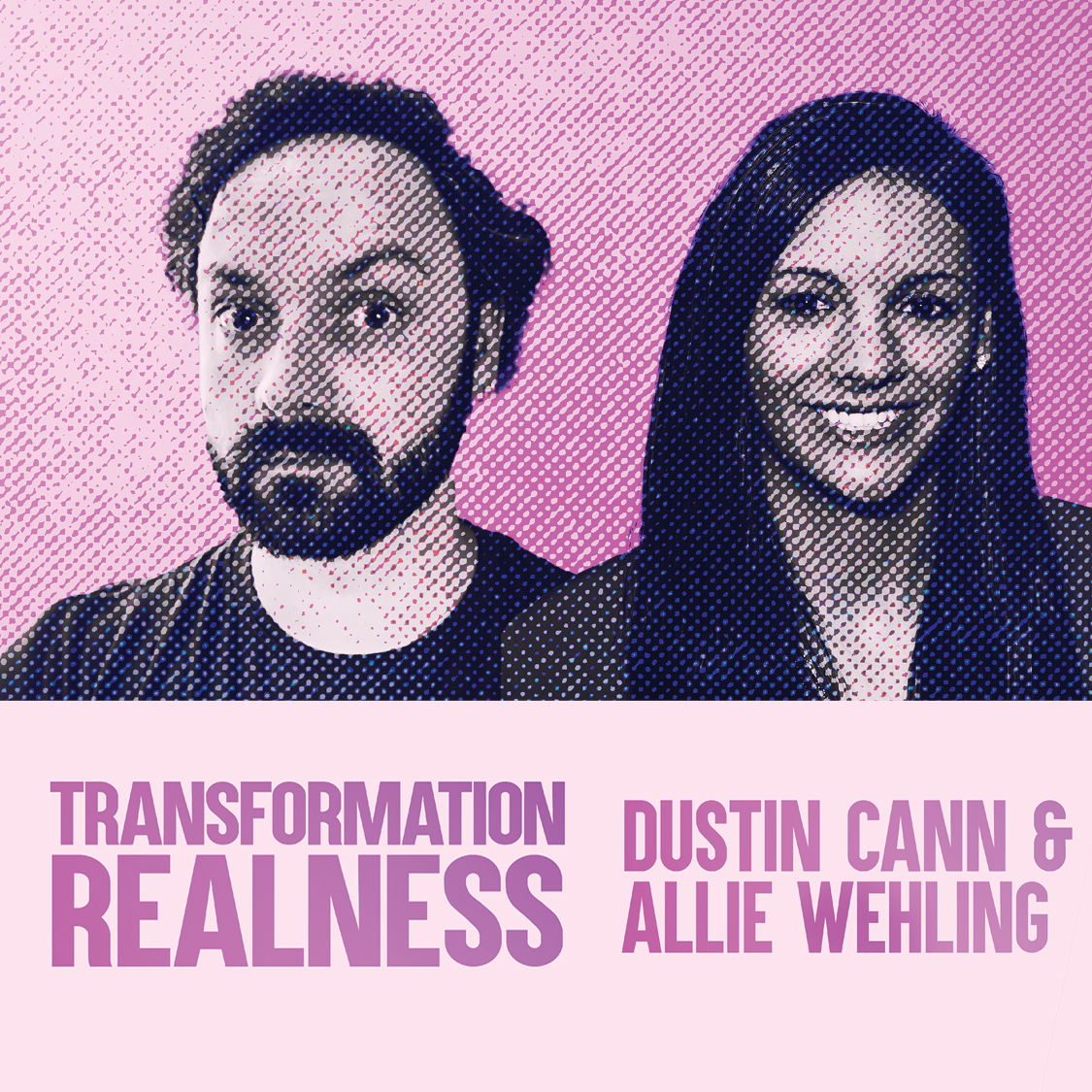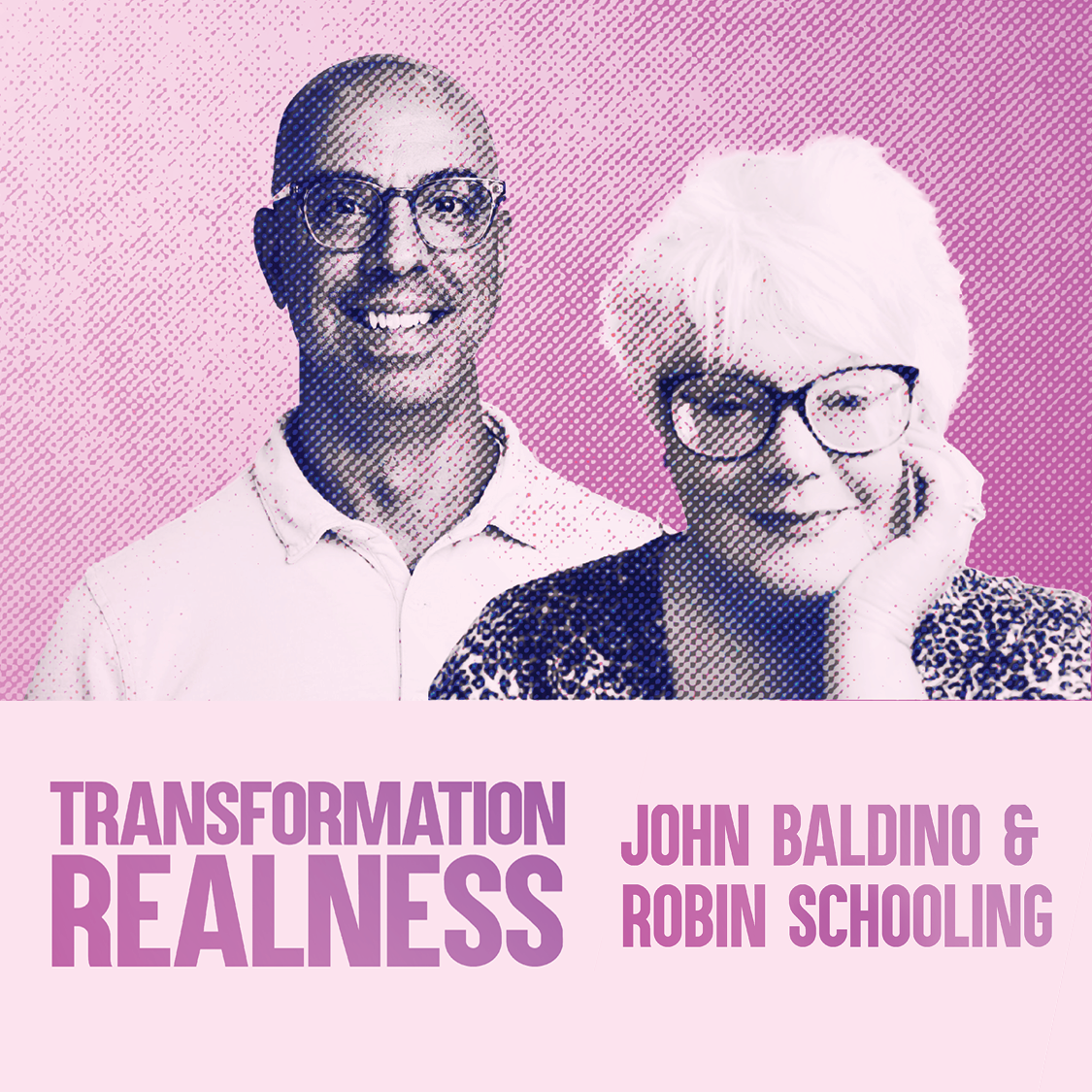In an era where the pace of technological change accelerates by the minute, staying ahead isn’t just an option; it’s a necessity. I’ve been on the road quite a bit this spring and the market is abuzz with the rate of innovation we’re experiencing. For analysts like me and Madeline, it’s an exciting time!
One highlight of my coast-to-coast travels this spring was Workday’s annual Innovation Summit. Representing Aptitude, I joined a select group of the world’s leading industry analysts for a two-day event where Workday senior and executive leaders shared their plans for 2024 and beyond.
For industry leaders like Workday, this current innovation cycle is an important moment: Customers and consultants alike are watching major enterprise players as a bellwether for how HR transformation is evolving and maturing. From skills-based everything to AI everywhere, the plans and priorities of the big HCMs send ripples and waves through the ecosystem.
Unsurprisingly, Workday continues to make waves.
It’s hard to boil everything the team shared down, but I’m going to zero in on the things I personally found most interesting. And I should note: I’m not a systems architect or a Fin Tech analyst—I’m an HR and talent transformation enthusiast. So, while they had a lot to share around extensibility and Financials, I’ll be covering what piqued my specific interest.
The Big Story: Workday Puts AI and Trust at the Core of Innovation
Workday’s emphasis on AI as an accelerator and enabler of innovation was clear and compelling. As Carl Eschenbach, CEO, put it in the opening fireside chat, “We’re in the midst of the most significant shift in technology. We’re not just leaning into AI,” he said, “we’re going hard.”
More compelling, however, was the emphasis on trust as the cornerstone of their AI innovations—and their competitive edge. While others up and down market are touting dozens of new AI-powered features, Workday is more focused on trust (echoing past positioning when they were leading the way in Cloud-based HCM).
“The way we build product, the way we deploy it, the way we host it: Trust is the next really big thing from Workday.”
Jim Stratton, Workday CTO
From my perspective, this is easy to say and hard to deliver. We all know how easy it is to spin up new use cases for GenAI of late, but what we don’t know is how safe, secure, and ethical these use cases are—or how enterprise-ready they are. As such, I took every chance I could get to probe this positioning. What does trust mean, really, and how is Workday actually delivering on this promise?
As someone rightly called out, participating in regulatory conversations isn’t enough to tout yourself as a leader in safe and ethical AI. But Workday seems to be practicing what they preach.
“There are things we’ve decided not to build, or things that didn’t meet our standards to launch,” said Stratton. “And we’re also applying these same standards to partners in our AI marketplace.”
These standards align to several principles, developed and governed by Kelly Trindel, Chief Responsible AI Officer and Kathy Pham, VP of AI & Machine Learning:
- Amplify human potential
- Positively impact society
- Champion transparency and fairness
- Deliver on privacy and data protection commitments
As someone who’s been following AI in HR closely for the last several years, I have to acknowledge some of my personal bias may be showing: I’m tired of use cases, hungry for a different kind of leadership in this area. And Workday’s bold message resonated with me—and their customers were invited to share their experiences as well. “I trust Workday with AI more than any other provider I work with,” one shared during the customer panel Q&A, which is about as strong of an endorsement a vendor could ask for in this regard.
But since I couldn’t help but probe one last time, I took the chance to ask Aneel Bhusri, former CEO and Executive Chair, to comment on this as well during the closing Q&A—and his message was loud and clear: “Trust has always been our biggest differentiator. From Day One, Workday has had best-in-class in security, best-in-class in privacy – because it was the right thing to do, but also because it was expected of us.”
Opening the Floodgates: Workday Makes a Big Play with Partnerships
Though I’m sure the nerds are super excited about Workday’s plans for Extend, I’m an ecosystem addict—there are just too many cool and innovative players in the market ready to solve strategic problems in HR and talent. To date, Workday has been very cautious (some would say calculated) about who they invite into their ecosystem. The partner program has grown steadily in recent years, but now it’s become a key area of innovation for Workday.
It’s a major change in market and product strategy for Workday, and something Carl touted as a significant area of innovation for the company that was pushing the Power of One not that long ago. It’s also bound to create lots of excitement in the HR tech market.
But it’s not a come-one-come-all opportunity: Workday remains firm that partnership is built on mutual trust and mutual value. As Workday focuses its go-to-market for this year at the industry- and geo-level, new partnerships in services, product, and innovation will most likely be focused on accelerating and unlocking new deals in these sectors.
That said, I have a few wish list items as a former partner and client:
- Deeper data integrations: I want to roll up labor market and talent marketplace data into my reports on talent supply and scarcity. One of the biggest frustrations I had as a practitioner was the inability to drop in data from Indeed and LinkedIn to my ATS—I was left reading tea leaves when reporting on end-to-end pipeline performance.
- Embedded Insights & AIs: We’re now in the Age of AI where we’ll have bots for basically any use case you can think of. Not far on the horizon, in my humble opinion, we’ll also have a major push for interface-agnostic user experiences—and we’ll want the bots we use to integrate seamlessly into whatever UI I’m working from (Teams, Slack, my ATS, my CRM, etc.). One early win for HiredScore was the ability to serve up candidate scores right in Workday’s UI, which spared me from having to push recruiters to adopt the AI we had invested in. More of this please.
- More certified integrations: Everyone knows I worked at and implemented Beamery (and if you didn’t, now you know). For anyone who thinks I’m hopelessly biased towards Beamery, I have one thing to tell you: It took us a week to stand up a bi-directional integration with Workday when I was on the customer side thanks to their strategic CRM partnership. Considering everything else we had going on at the time, this felt like a f#cking miracle. But considering how many other great CRM providers there are out there (and hell, how many other great talent tech providers in general), Workday could completely change the game by enabling this kind of experience for all of their partners—and win a lot of goodwill from their customers at the same time.
What I’ve Already Said Before: Workday Plans to Orchestrate the Future of Work with HiredScore
Did you really think I was going to miss the opportunity to double-down on my perspective of Workday’s acquisition of HiredScore (which closed last month)?? Think again, y’all!
Anyone saying that this play was only (or even primarily) about closing gaps in Workday’s Recruiting will be pleasantly surprised to learn that almost every single session at the day-and-a-half event referenced HiredScore—the team and the technology—as a strategic investment and accelerator of Workday’s innovation strategies.
While HiredScore’s matching and scoring AI and Fetch product have brought a lot of value to their customers’ talent acquisition organizations, HiredScore has been quietly expanding use cases beyond this core business including contingent staffing and internal mobility. Both are priority areas for Workday—both as part of their Talent solutions product strategy, and as important capabilities in the industry verticals Workday is targeting (retail and hospitality, government, and business services).
But the biggest opportunity, as related by both Carl and David Somers, Workday CPO, is HiredScore’s innovative work in AI orchestration.
We wrote about this new category of AI automation in a report published at the beginning of 2023, when it was only showing up in IT circles. Today, I hear the term orchestration used by just about every vendor discussing their work to enhance and augment human workers bogged down with myriad, complex process workflows. When we talk about the future of work, embedding AI into the flow of work is an incredible accelerator of innovation—and Orchestration has a lot to offer in this vein.
It’s early days yet, so I can’t say definitively that HiredScore is leading the way in orchestration. I had the opportunity to see this innovation at work during a live demo of HiredScore’s Hiring Manager Copilot at UNLEASH America, however, and the potential of this capability is impressive. I expect we’ll see lots more vendor positioning in this area in the future, and Workday will be a step ahead.
Conclusion: Workday Goes to Market as a Different Kind of Leader
It’s hard to boil the ocean, and Workday shared a ton of content and information at their Innovation Summit this year. The core narrative that I’m walking away with is that Workday has a different kind of blueprint for navigating the complexities of the modern workplace in comparison to others in the market.
By focusing on trust in AI, enhancing platform integration, fostering a more expansive ecosystem, and strategically leveraging new innovative technology like HiredScore, Workday is not just keeping pace with change—they’re setting the pace for their customers.
